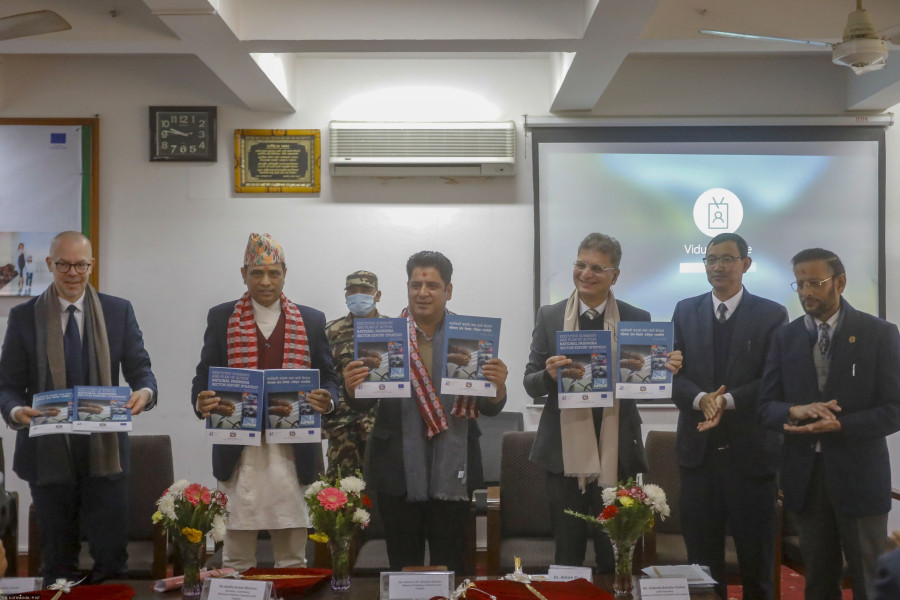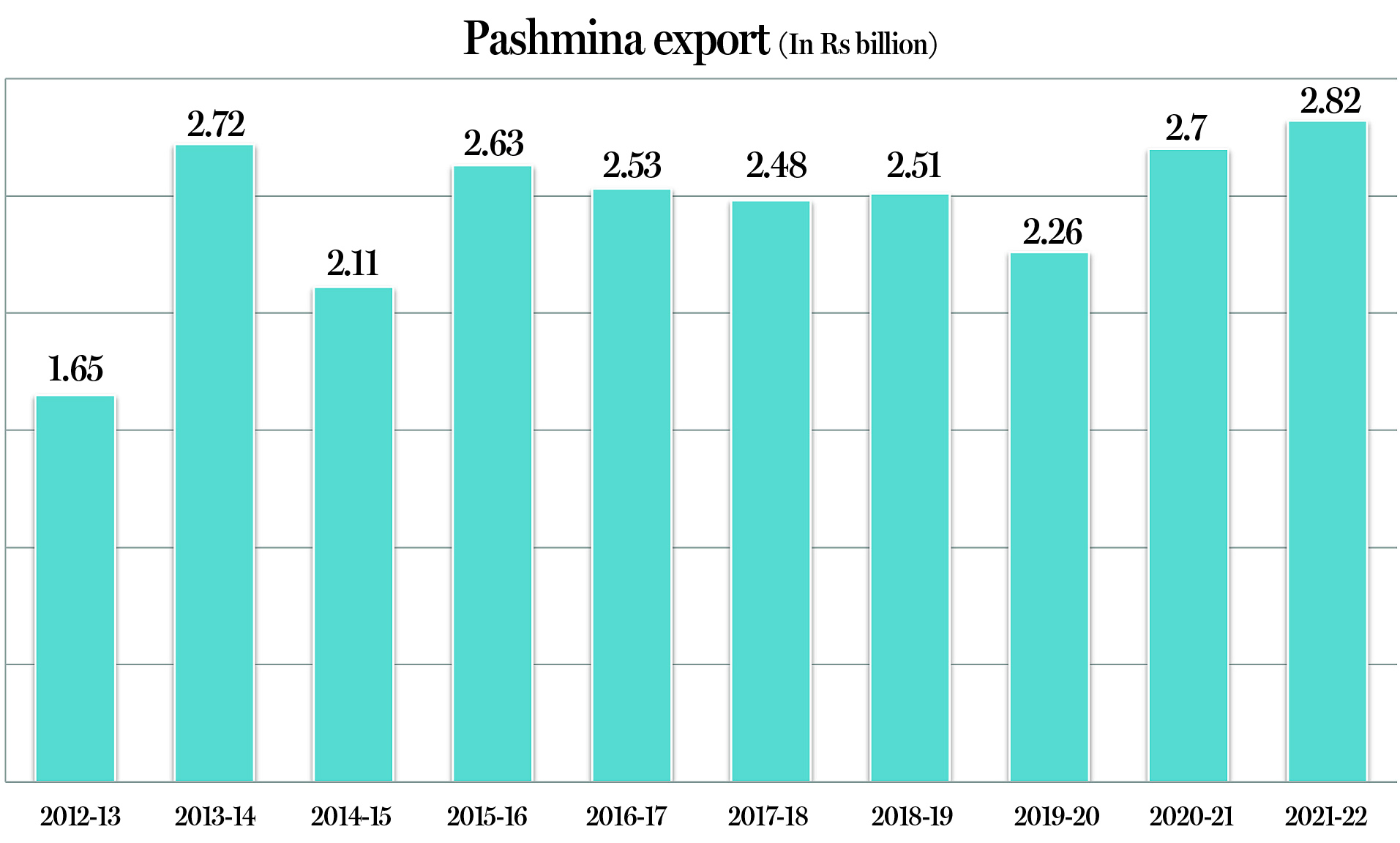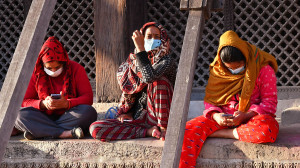Money
National pashmina sector export strategy launched
The strategy envisions boosting the export of ‘Chyangra pashmina’ from Rs2.82 billion in 2021 to Rs10 billion by the end of 2026.
Krishana Prasain
The National Pashmina Sector Export Strategy 2022-26 was launched on Tuesday with an aim to boost the export of “Chyangra pashmina” from Rs2.82 billion in 2021 to $75 million or Rs10 billion by the end of 2026.
Chyangra pashmina is internationally recognised as cashmere of the highest quality and is one of the world’s most desired fibres. It is sourced from native Himalayan mountain goats called Chyangra in Nepal.
On Tuesday, the International Trade Center, a joint trade agency of the World Trade Organisation and the United Nations; the Nepal government and the European Union, jointly laid a foundation stone for the construction of the pashmina fibre processing centre in Godavari.
The processing plant is expected to complete in three months. Government officials said that the plant would boost Nepal’s Chyangra brand pashmina in the international market.
The total investment to implement the strategy is Rs588.25 million—33.4 percent or Rs196.47 million to be made by the private sector and the remaining Rs391.77 million from the public sector.
Pashmina has been identified as a priority export potential sector in Nepal Trade Integration Strategy (NTIS), 2016 and the Commerce Policy 2015.
The sector has comparative advantages and a high potential to contribute to export promotion, employment generation and poverty reduction, particularly for women and youth living in rural and remote areas.
Exports of pashmina reached a peak in the late 1990s and early 2000s when demand for goods made of pashmina surged especially in Europe.
In the early 2000s, Nepal’s pashmina export revenue reached up to $112.7 million a year.
But sales dropped over the past decade as low quality dominated exports, damaging the credibility of Nepali Pashmina. The export revenue dropped to Rs1.65 billion in 2012-13.
The pashmina producers said that the use of low-quality raw materials had led to a decline in the quality of Nepali pashmina.
There is no quality checking system in the import of raw materials for pashmina which has resulted in deterioration in quality, said pashmina traders. The raw materials are imported from China and New Zealand.
A flimsy marketing strategy and weak support from the government in promoting pashmina have led to a sharp decline in shipments, the stakeholders said.
The government even introduced cash incentives to boost pashmina.
According to the strategy, the Himalayan goat population of Nepal was approximately 131,695, with the Chyangra numbers in 2020 ranging from 111,600 to 143,000.

Studies conducted by the government have identified 15 districts in the high-mountain region of Nepal, including Mustang, Mugu, Jumla, Dolpa and Manang, as potential areas for Chyangra rearing.
The pashmina industry employs over 20,000 people, of which around 50 percent are women. The majority are small and medium entrepreneurs.
Pashmina exports have benefited from the Generalised System of Preferences and the zero duty and tariff facility provided by the EU, the United States, Japan, the Republic of Korea and Australia.
Minister for Industry, Commerce and Supplies Damodar Bhandari said that the Chyangra Pashmina industry could help increase the income of rural people by employing women directly.
“The pashmina fibre processing plant in the country will help farmers to get the appropriate price for their products. It will assure the market and increase the production of Chyangra wool.”
The visiting director of the International Trade Centre, Geneva, Ashish Shah, said that Chyangra pashmina would provide communities and remote areas with the opportunity to make a living in a context where those are often very limited.
In the pashmina sector, the International Trade Centre has already worked on forward linkages, especially on branding and trading, which was funded by Enhance Integrated Framework, Shah said.
“With this strategy, we aim to enhance the competitiveness in the sector and increase the participation of Nepali enterprises in the regional and global value chain,” Shah said.
“For me, export of pashmina means jobs, income and prosperity and this is what we need by this project and export strategy,” said Peteris Ustubs, director of the European Union representing the Middle East, Asia and the Pacific.
“The EU Nepal Trade and Investment programme addresses the challenges in fibre production, linking the farmers and the industry to enhance the production and productivity of pashmina,” he said.
The four-year EU-Nepal Trade and Investment Programme is funded by the European Union to help Nepal achieve sustainable and inclusive economic growth and poverty reduction by increasing trade and participation in regional and global value chains.




 10.12°C Kathmandu
10.12°C Kathmandu













%20(1).jpg&w=300&height=200)
